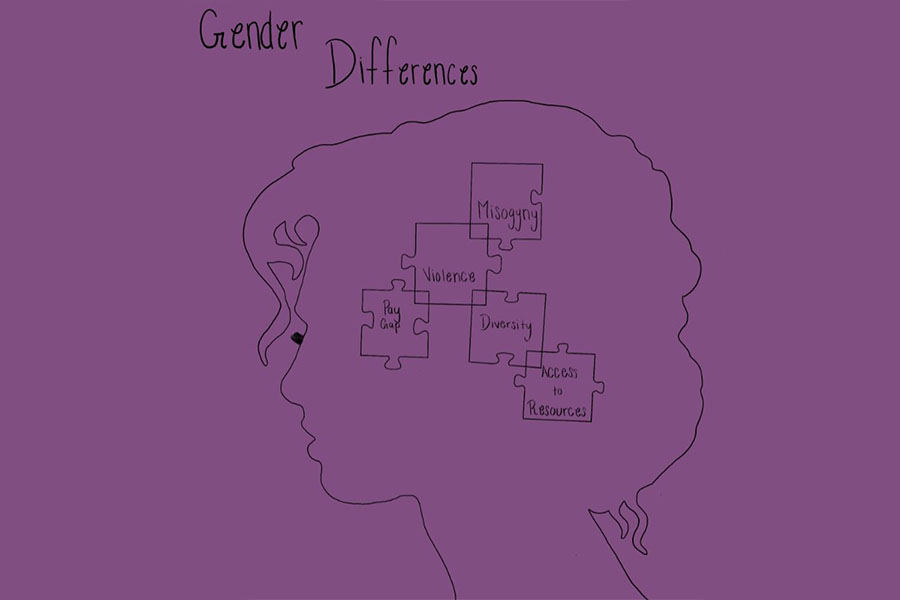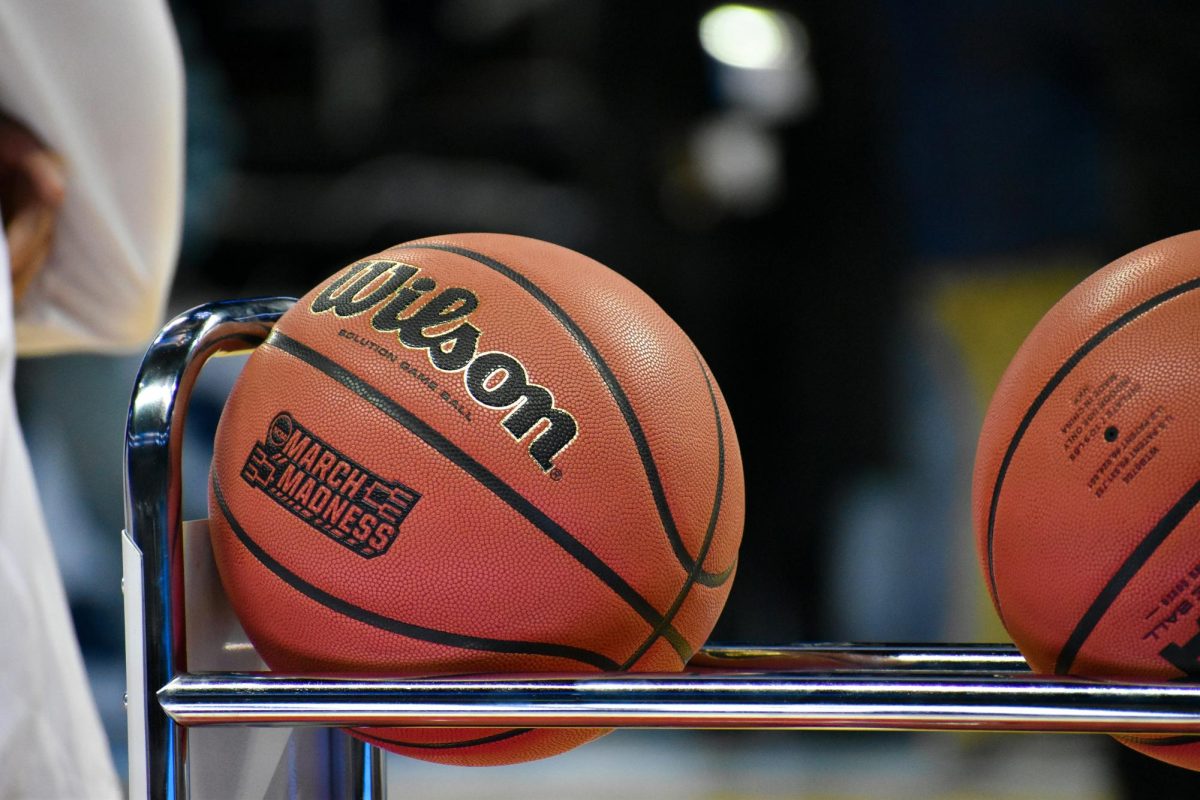It all started when someone posted on Instagram a seemingly regular bottle of water on the shelves of Whole Foods Market. The twist? It was adorned with three stalks of asparagus.
The “asparagus water” immediately went viral for its absurdity and was removed from the shelves just as fast. However, to me it raised the question: how ridiculous are health food trends becoming and are they as healthy as they claim to be?
Ventura Country Nutritionist Dr. Carrie Franklin said the veggie-infused water may be a waste of our money and why its not a trend she recommends keeping up with.
“When we actually consume asparagus, it is a very good source of dietary fiber, protein [and] Vitamin A…,” said Franklin via email. “That is when it is ingested. I am not certain about asparagus water, but I would assume that the flavor might actually go into the water.”
It is clear that the infamous $5.99 bottle of elaborate water was a mistake on Whole Foods Market’s part, as it was taken off the shelves almost immediately after gaining public attention. Regardless, I would much rather eat my asparagus while drinking water than do both at the same time.
Though asparagus water is a more extreme example of the strange health food crazes floating around, the product made me question other health trend phenomenons happening this year.
For instance, the Brazilian berry acai bowls have become a sensation, especially for students on the go, as a way to feed the body one of the most glorified antioxidants. Normally priced at around $8.99 and up, the bowl contains an ice-cream like consistency of the berries and is often layered with other fruits and oats.
Niki Nader, 20-year-old business major, considers if she spends the money on acai bowls for nutritional reasons or because it is simply the newest “in” food.
“Acai bowls definitely have become a thing recently,” Nader said. “I think [its] because they are quick, on-the-go and appear to be healthy considering it is mainly just fruit, however, it’s not cheap.”
Money aside, people often forget that fruit means sugar, and that is almost all that you will find in an acai bowl.
“Acai bowls are just like eating a smoothie. Probably delicious but high in sugar,” said Franklin. “So my suggestion is: everything in moderation.”
According to caloriecount.com, the average acai bowl is relatively low in calories, estimated at 370. However, they start at 43 grams of sugar, well over the suggested daily intake of 37.5 grams for men and 25 grams for women.
Another product that has been spotlighted as a hero, and even labeled as a so-called “super-food”, is kale.
While kale is one of my personal favorites, its glorification across California and constant praise for its health benefits made me question if it is, in fact, all it is made out to be.
Nutrition and dieting website eatthis.com explains how much more humble greens, such as romaine, spinach and even just plain lettuce, can serve you more nutritional benefit than their kale counterpart. Not to mention they are much less expensive to purchase.
Franklin notes that while kale is a beneficial food, so are all dark leafy greens. Eating too much of just one kind is never good. She suggests maintaining variety to ensure a balanced diet.
Though I am just as guilty as giving into this year’s food trends and likely still will in 2016, I think it is important to be conscious of not just the foods we eat, but also why we are eating them.
If it is because it is one of Instagram’s top trending photos, I recommend finding a better reason.













